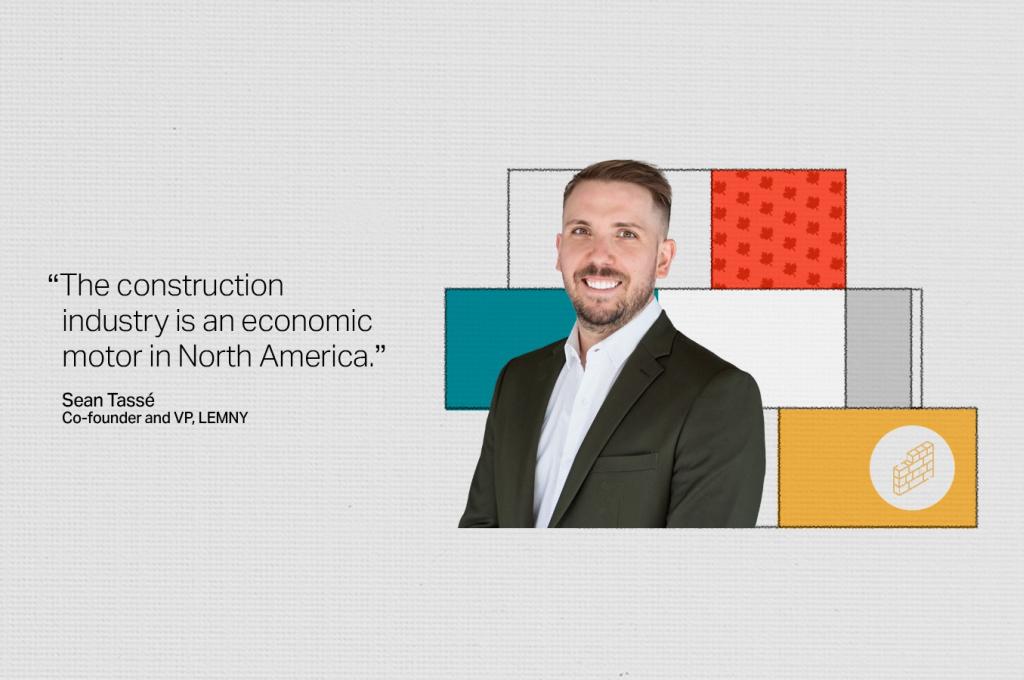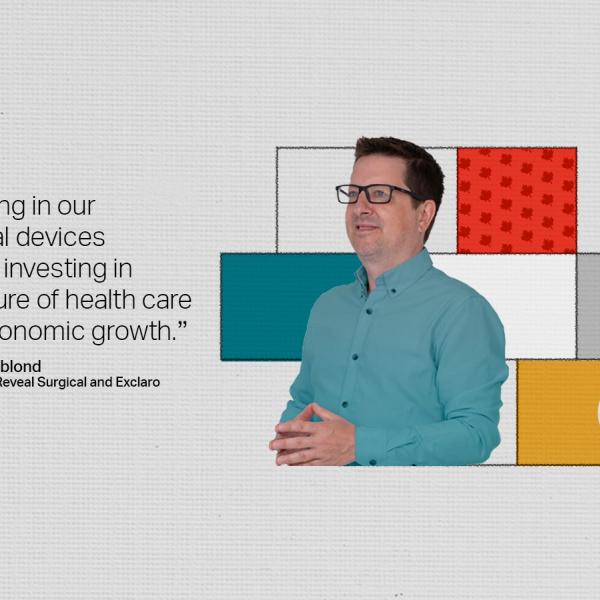Related Stories
British Columbia
Building prosperity by ensuring safe public infrastructure
Harsh Rathod — Co-founder and CEO, Niricson
Transforming research instincts into a successful business (March webinar)
Part of our Future You webinar series. This webinar features a new generation of researchers who share their challenges and successes as they made the move from researcher to entrepreneur. Watch the video to gain insights and receive valuable tips on how to start your own business.
Quebec
Building prosperity by advancing medical devices
Frédéric Leblond — Co-founder, Reveal Surgical and Exclaro





